
New paper @methodsinecoevol.bsky.social:
doi.org/10.1111/2041...


New paper @methodsinecoevol.bsky.social:
doi.org/10.1111/2041...
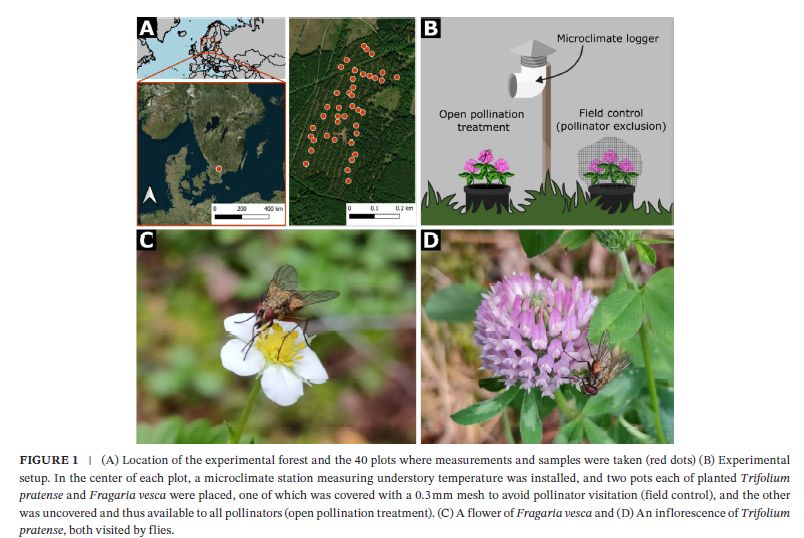

Highlights the role of species interactions and their correlated traits such as dispersal syndromes in promoting landscape-scale connectivity 📊🧪
🔗 doi.org/10.1111/1365...

Highlights the role of species interactions and their correlated traits such as dispersal syndromes in promoting landscape-scale connectivity 📊🧪
🔗 doi.org/10.1111/1365...
Abundance & functional traits of Elater ferrugineus along rural-urban gradients !
Paper led by Astrid Van den Bossche in collab with many great scientists across EU 🎉
@pieterdefrenne.bsky.social
@jonlen.bsky.social
@inbo.be
@fspicher.bsky.social
@kvanmeerbeek.bsky.social
We studied the local abundance of Elater ferrugineus, the rusty click beetle, along urban to rural gradients 🏤🏡🏕🌳 in 🇪🇺
Urbanisation ↘️ the local abundance of E. ferrugineus, while the amount of tree cover had a ➕️ influence
doi.org/10.1111/icad...
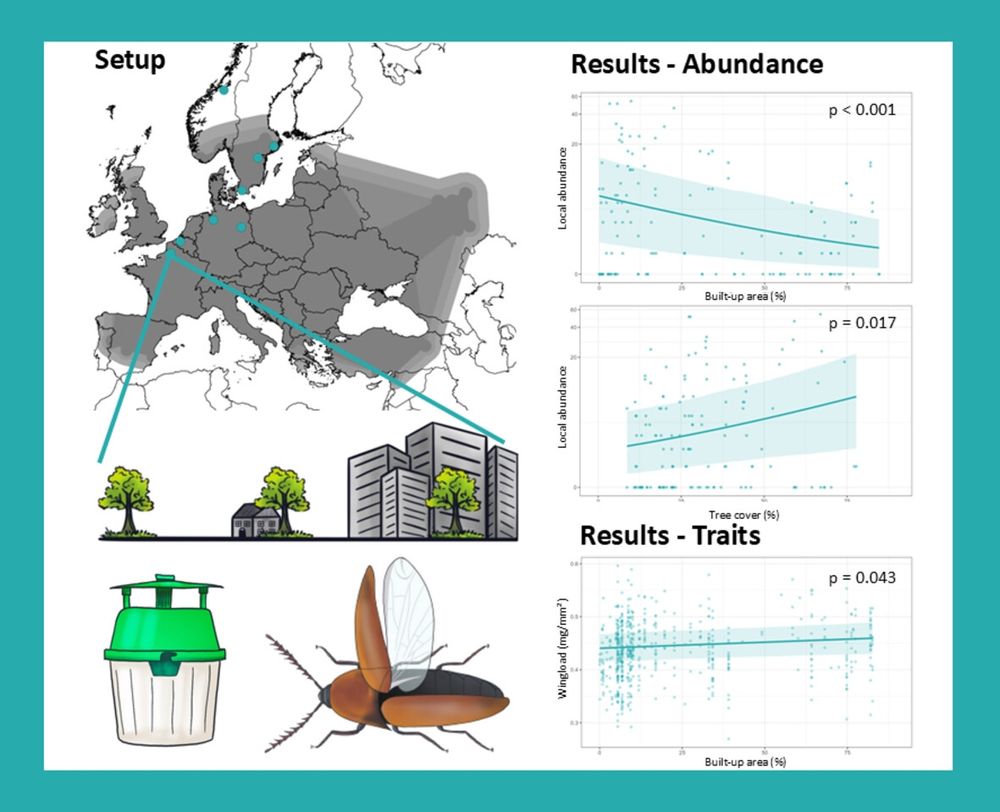
Abundance & functional traits of Elater ferrugineus along rural-urban gradients !
Paper led by Astrid Van den Bossche in collab with many great scientists across EU 🎉
@pieterdefrenne.bsky.social
@jonlen.bsky.social
@inbo.be
@fspicher.bsky.social
@kvanmeerbeek.bsky.social
shorturl.at/zvLm7

shorturl.at/zvLm7


We used terrestrial lidar scanning #TLS & scanned 215 #LSTOFs along rural to urban gradients across 9 🇪🇺 cities to assess their woody volumes 🧪🌐🍁
Below is one #LSTOF near Amiens 🇨🇵
shorturl.at/hEzfv
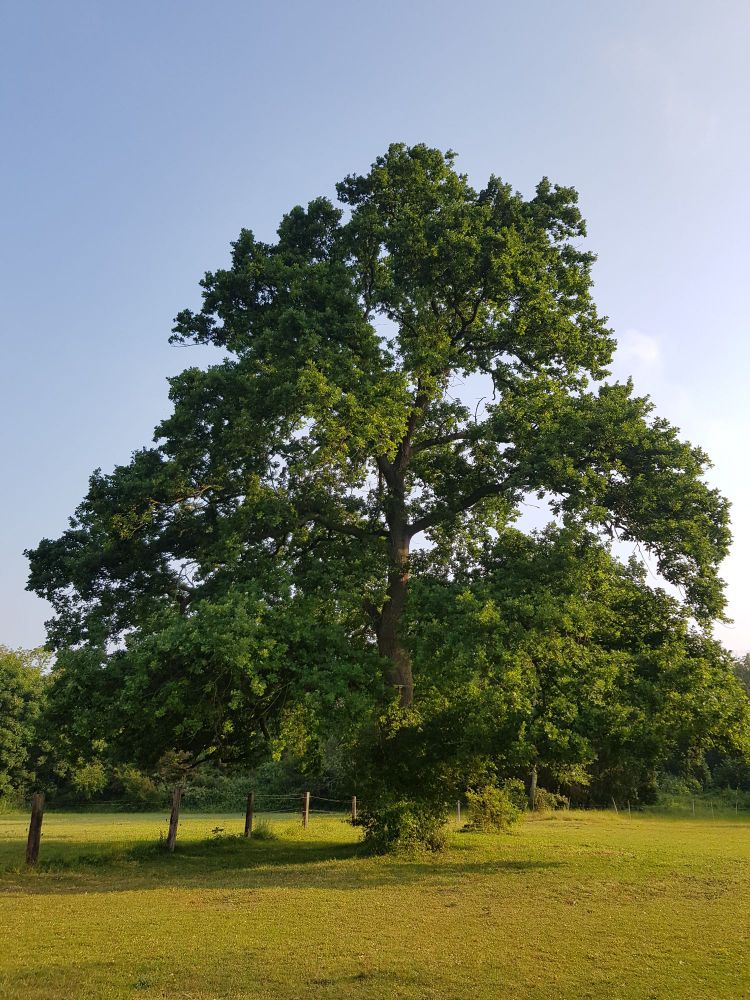
We used terrestrial lidar scanning #TLS & scanned 215 #LSTOFs along rural to urban gradients across 9 🇪🇺 cities to assess their woody volumes 🧪🌐🍁
Below is one #LSTOF near Amiens 🇨🇵
shorturl.at/hEzfv
The Oooh's and Aaaah's and Wauw's of so many when looking through the 🔬 or at small soil critters made this so worth it. Just wonderful!
#citizenscience #burgerwetenschap #nerdlandfestival
The results are now online on our website:
canopychange.ugent.be/Nerdland.htm...
🌡️ Microclimate mapping of the festival island!
🔬 Stomata counting for a citizen science experiment!
✨ BK Worm Charming!!
🍂 Soil fauna safaris!
#citizenscience #burgerwetenschap

The Oooh's and Aaaah's and Wauw's of so many when looking through the 🔬 or at small soil critters made this so worth it. Just wonderful!
#citizenscience #burgerwetenschap #nerdlandfestival
shorturl.at/3xPRd
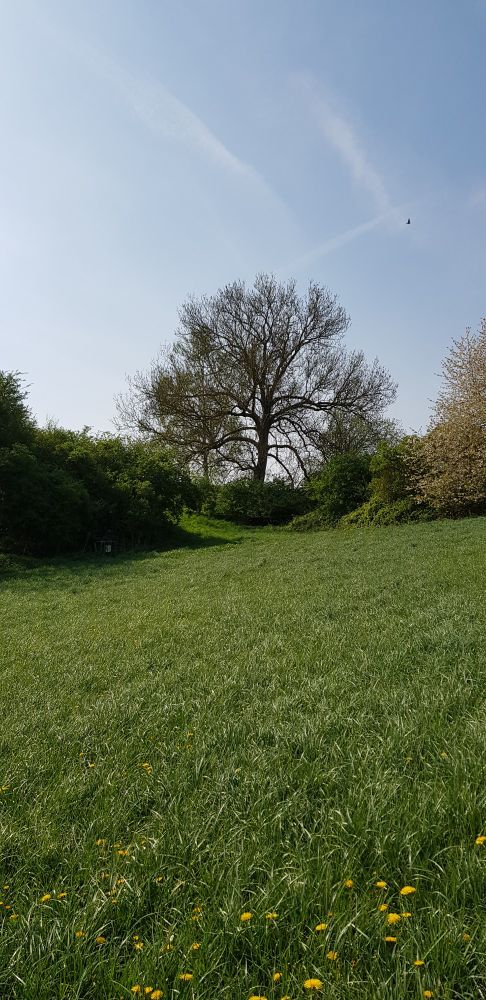
shorturl.at/3xPRd
@pieterdefrenne.bsky.social
@kvanmeerbeek.bsky.social
@karen-depauw.bsky.social
@fspicher.bsky.social
🌐🌍🍁
@pieterdefrenne.bsky.social
@kvanmeerbeek.bsky.social
@karen-depauw.bsky.social
@fspicher.bsky.social
🌐🌍🍁
New publication from #ECONOVO on the widespread ecological novelty across the terrestrial biosphere🌱
Read the article here:
www.nature.com/articles/s41...
Key take homes below👇

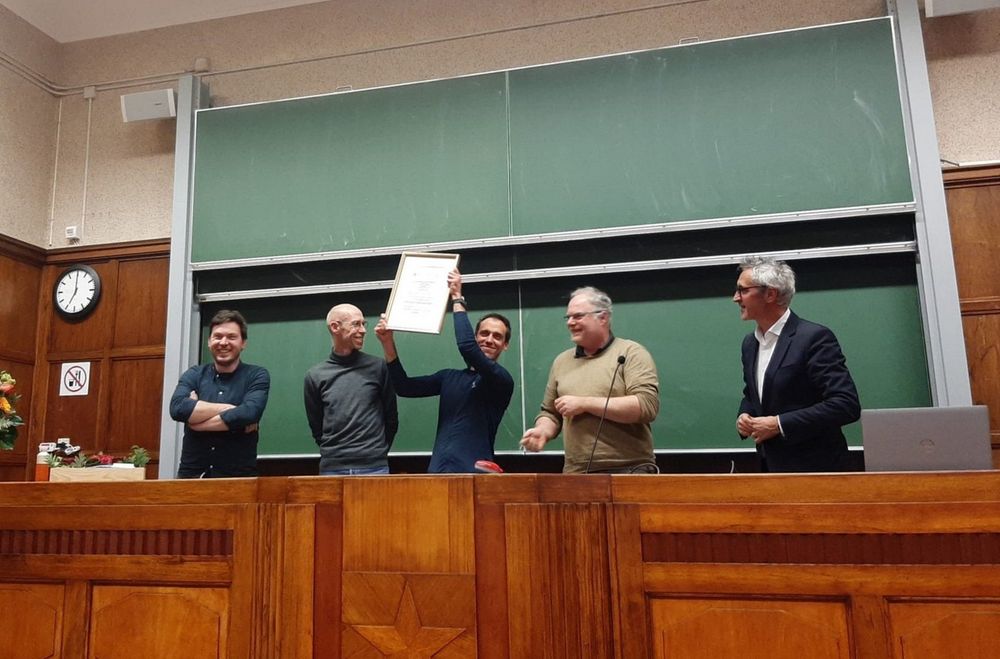
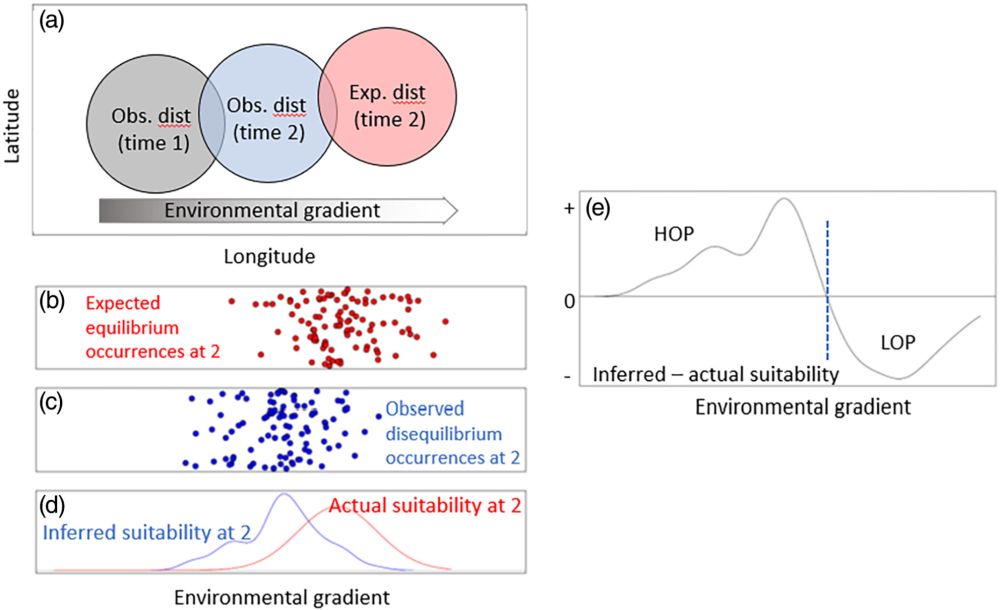
@newphyt.bsky.social
shorturl.at/7epYs

@newphyt.bsky.social
shorturl.at/7epYs
doi.org/10.1111/2041...
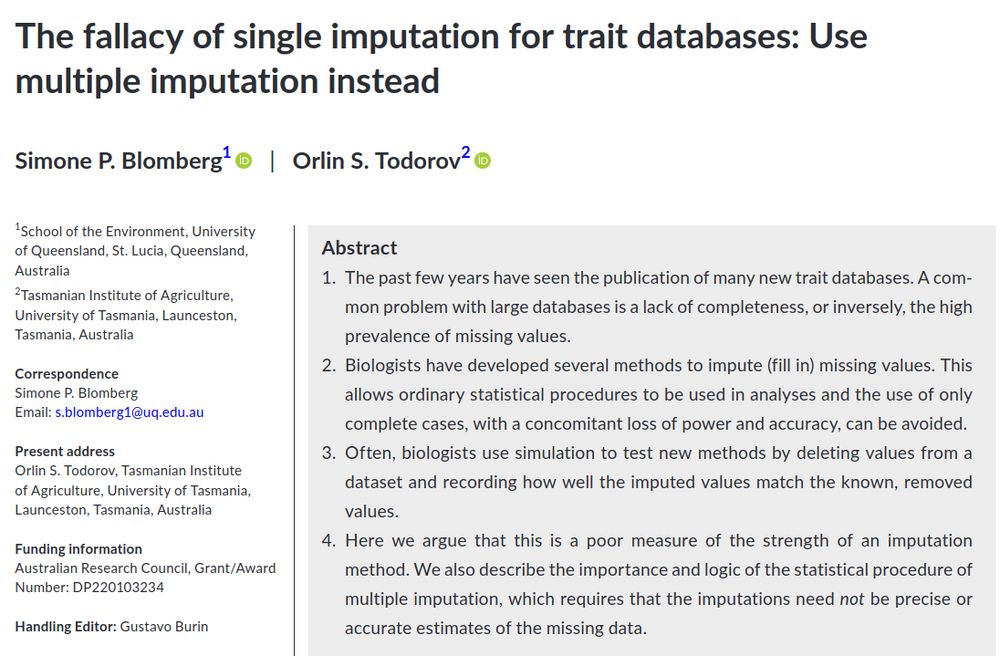
doi.org/10.1111/2041...
Read the blog here 👉 https://buff.ly/4h32ybX
Read the blog here 👉 https://buff.ly/4h32ybX
Recently, I finally got to publish the last chapter from my PhD 🌿
We used a reciprocal transplant along a gradient of forest management intensity to study local adaptation and phenotypic plasticity - read more below:
academic.oup.com/aobpla/artic...

Recently, I finally got to publish the last chapter from my PhD 🌿
We used a reciprocal transplant along a gradient of forest management intensity to study local adaptation and phenotypic plasticity - read more below:
academic.oup.com/aobpla/artic...
We tackled how the different drivers of forest temperature determine plant communities. We found that shaded valley bottoms harbor 5 (30%) more cold-adapted species! doi.org/10.24072/pcj.... Will it lead to microrefugia?
We tackled how the different drivers of forest temperature determine plant communities. We found that shaded valley bottoms harbor 5 (30%) more cold-adapted species! doi.org/10.24072/pcj.... Will it lead to microrefugia?

📷 Dirk Karger 🌐
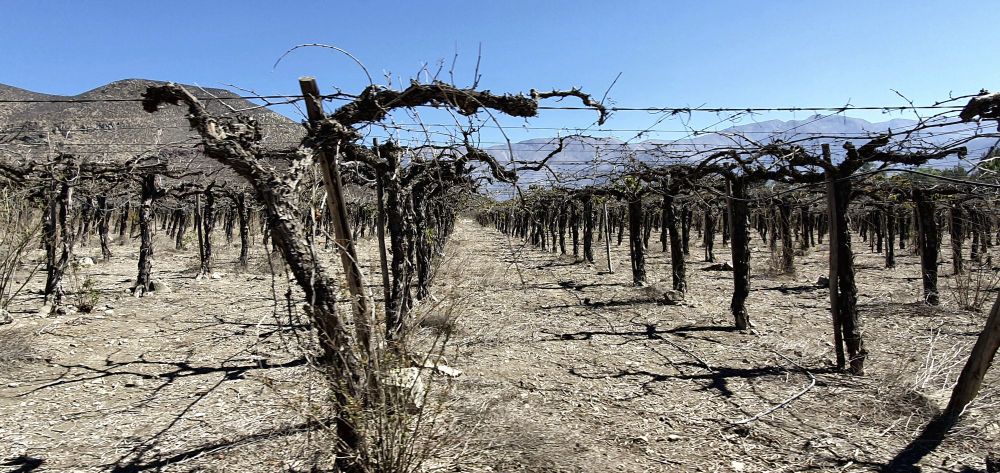
📷 Dirk Karger 🌐
www.britishecologicalsociety.org/dogs-walked-...
@britishecolsoc.bsky.social @aer-ese-bes.bsky.social
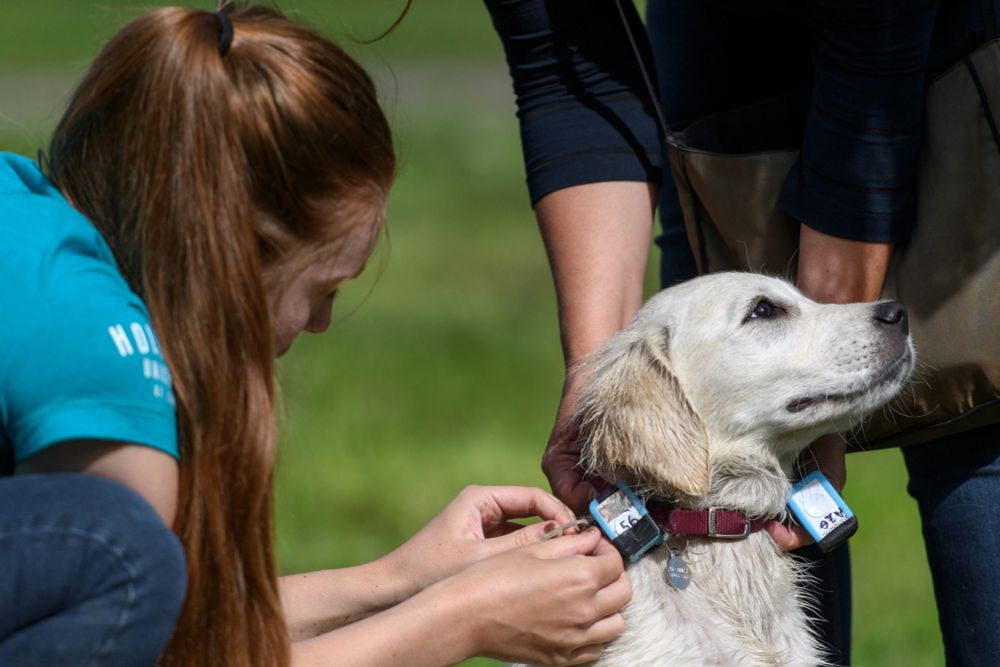
www.britishecologicalsociety.org/dogs-walked-...
@britishecolsoc.bsky.social @aer-ese-bes.bsky.social
A reflection on their sensor development trajectory
@The Bulletin @ecologicalsociety.bsky.social: doi.org/10.1002/bes2....
#ecology #microclimate #sensor
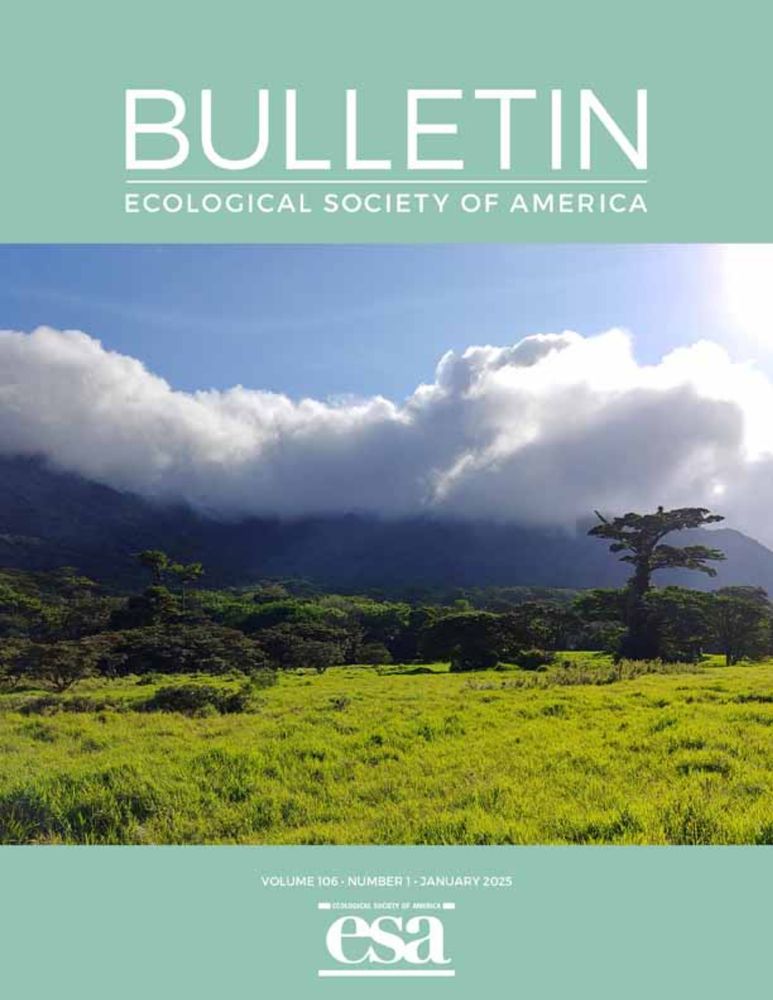
A reflection on their sensor development trajectory
@The Bulletin @ecologicalsociety.bsky.social: doi.org/10.1002/bes2....
#ecology #microclimate #sensor
We are ForNaLab:
🌼 a team of researchers passionate about Forest & Nature at Ghent university
📈 scientists delving deep into fundamental and applied questions
We will be posting here on
🔭 the process of doing science
✨ new research results
stay tuned! 🎉

We are ForNaLab:
🌼 a team of researchers passionate about Forest & Nature at Ghent university
📈 scientists delving deep into fundamental and applied questions
We will be posting here on
🔭 the process of doing science
✨ new research results
stay tuned! 🎉


